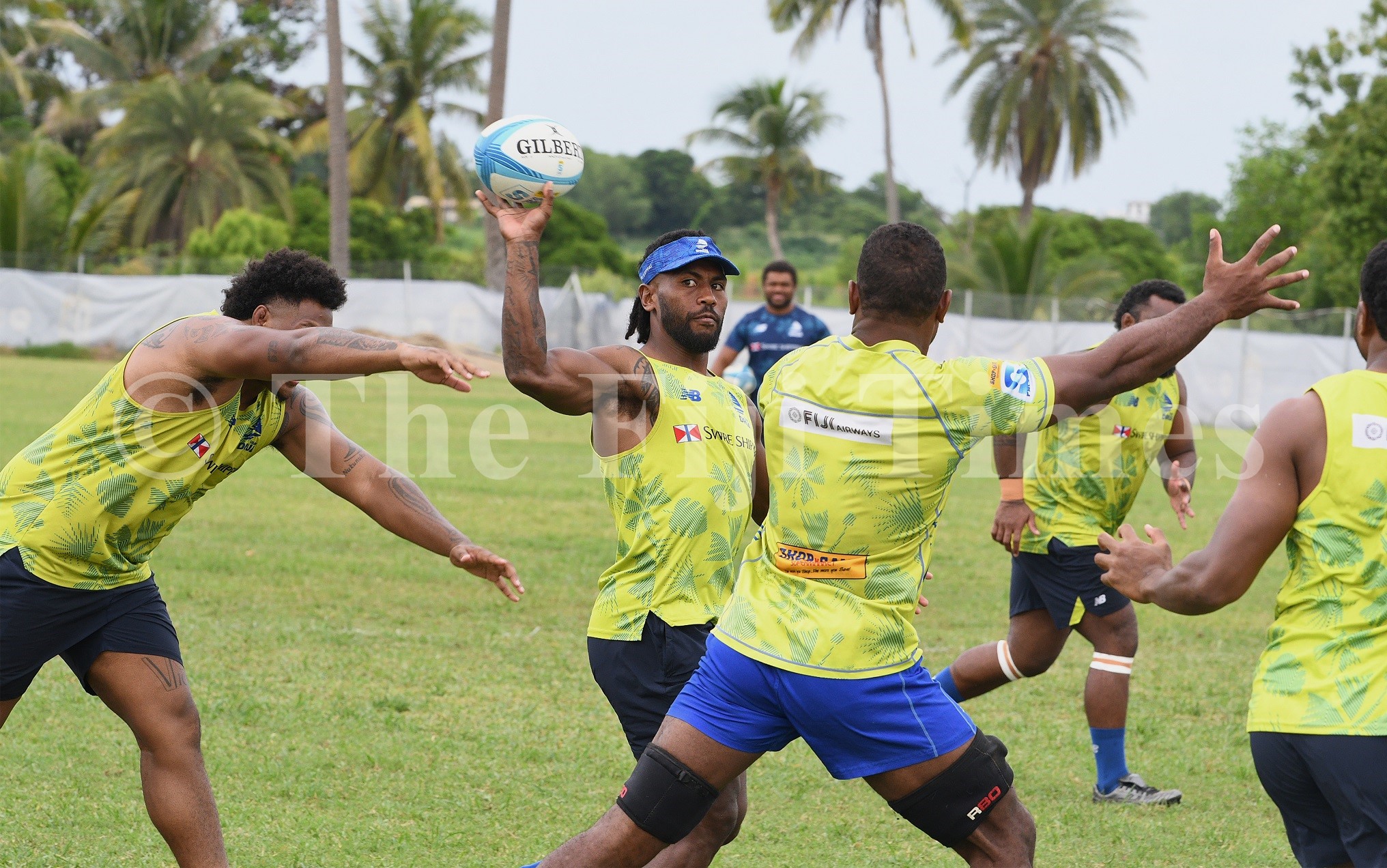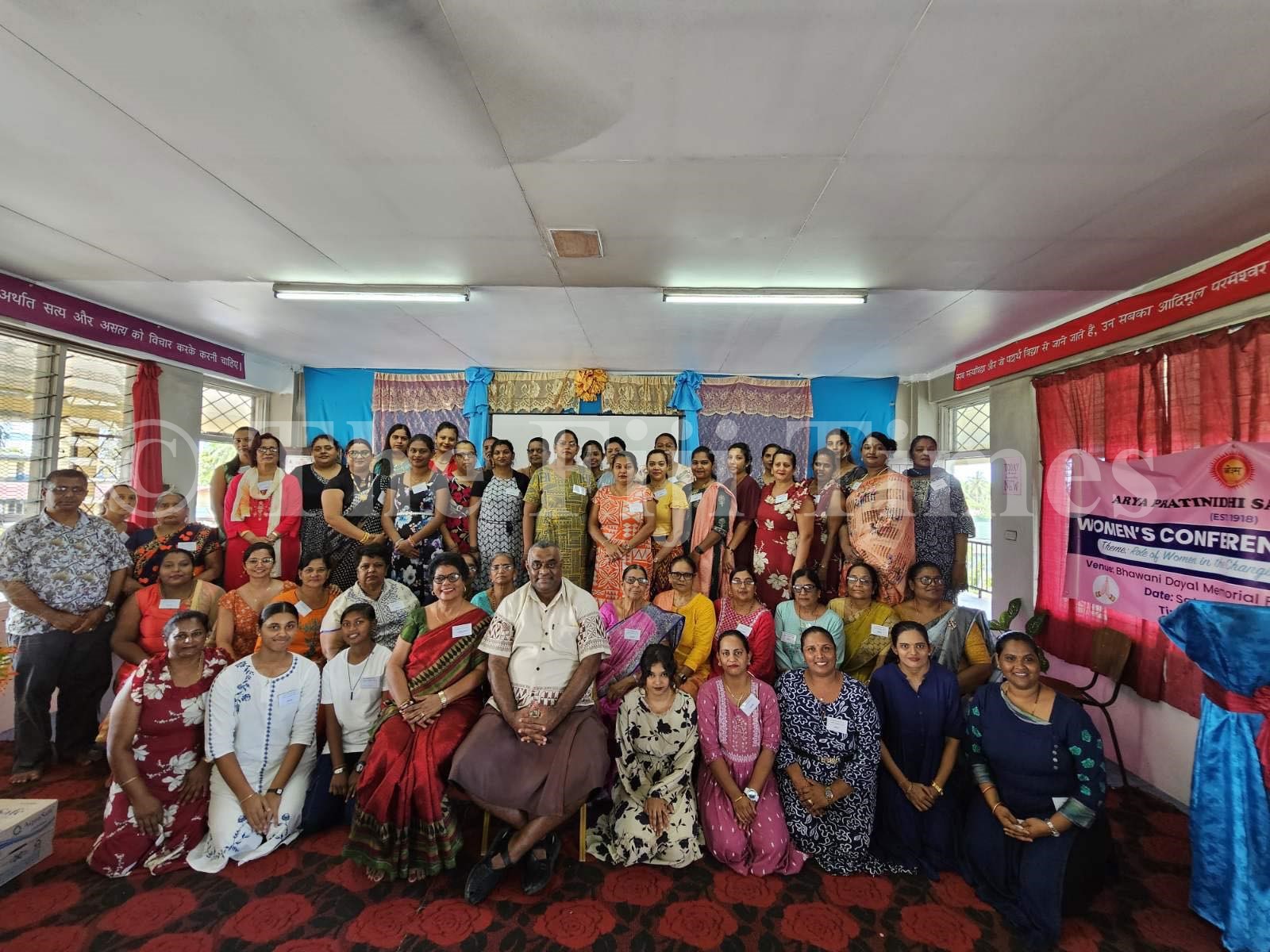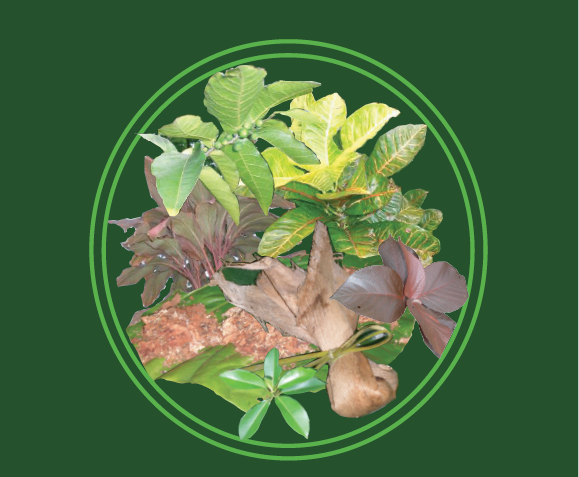THE life-threatening meningococcal disease has claimed 11 lives in the country, says Health Minister Rosy Akbar.
She said seven lives were claimed last year, and an additional four recorded this year.
Confirming this in a ministerial statement in Parliament yesterday, Ms Akbar said the invasive meningococcal disease used to be very rare in Fiji.
Ms Akbar said prior to 2015, the annual incidence rate was consistently below one per 100,000 population — equivalent to 0 to 10 cases annually.
However, from the fourth quarter of 2016, the ministry noted a significant increase in cases, recording 46 cases for the period of January 1 to April 12 this year, 48 cases for last year and 29 cases for 2016.
She said out of the 46 cases recorded for January to April this year, 22 cases were laboratory confirmed and 24 were either suspected or probable with similar symptoms but not diagnosed by laboratory.
“In 2017, our national incidence of meningococcal disease was 5.9 per 100,000 population and there was a total of seven deaths reported,” Ms Akbar said.
“There have been four confirmed meningococcal disease-related deaths and two suspected from January 1 to April 12, 2018.”
Ms Akbar said between January and July last year, seven students at St John’s College in Levuka were diagnosed with the disease caused by serogroup C Nisseria meningitidis, with two students becoming sick within a month.
She said after students were vaccinated the same year, the ministry had not received any reports of cases from the school.
“Anyone can get meningococcal disease. However, most cases are seen in babies, children under the age of five, teenagers and young adults. While we know the risk groups, it is also important to understand how this disease is spread from person to person,” Ms Akbar said.
She said there were 13 groups of Nisseria meningitidis, whereby six were associated with diseases in humans. Ms Akbar said the Central Division had recorded 27 cases, the Western Division 16 cases, the Eastern Division one case and the Northern Division two cases for the period of January 1 to April 12 this year.
“As of April 12, all cases were in the age group less than 19 years.
Of this, males account for 63 per cent of cases while females account for 37 per cent,” she said.





